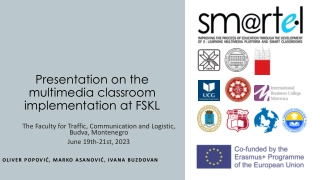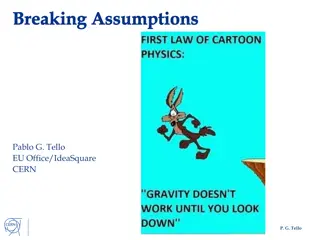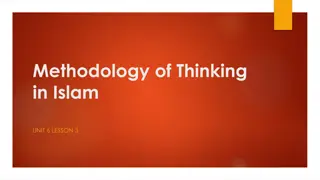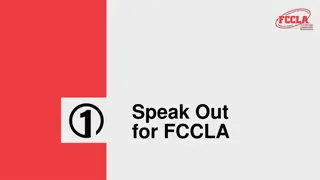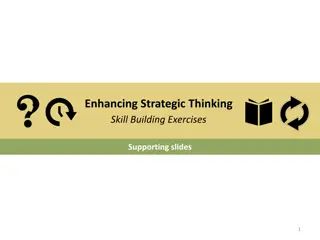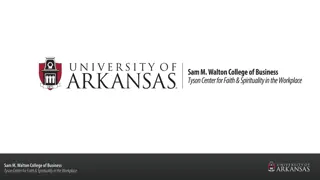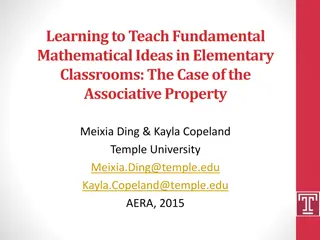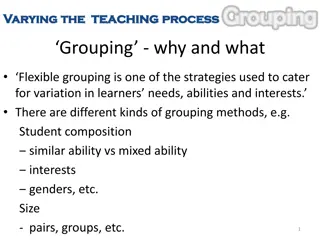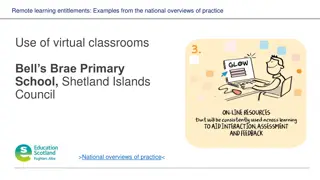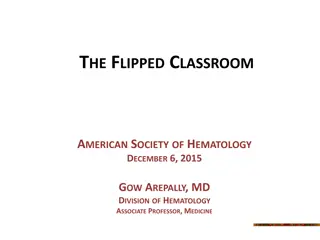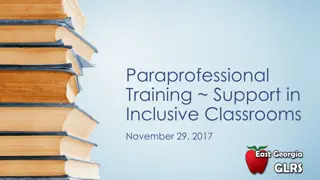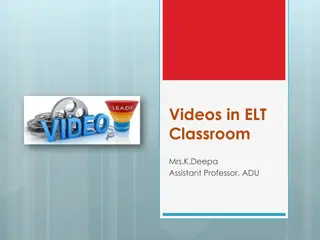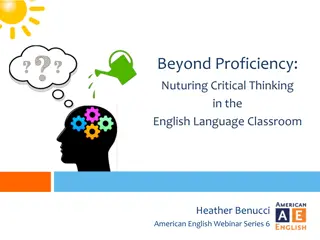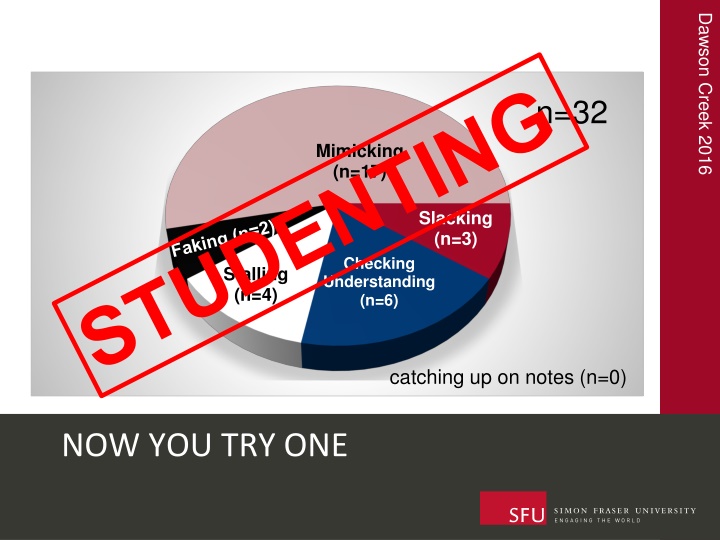
Enhancing Student Engagement and Learning Strategies at Dawson Creek 2016
"Explore effective teaching strategies and student engagement techniques implemented at Dawson Creek 2016, focusing on note-taking, group dynamics, task management, and assessment methods. Discover insights into optimizing learning environments for better academic outcomes."
Download Presentation

Please find below an Image/Link to download the presentation.
The content on the website is provided AS IS for your information and personal use only. It may not be sold, licensed, or shared on other websites without obtaining consent from the author. If you encounter any issues during the download, it is possible that the publisher has removed the file from their server.
You are allowed to download the files provided on this website for personal or commercial use, subject to the condition that they are used lawfully. All files are the property of their respective owners.
The content on the website is provided AS IS for your information and personal use only. It may not be sold, licensed, or shared on other websites without obtaining consent from the author.
E N D
Presentation Transcript
Dawson Creek 2016 n=32 Mimicking (n=17) Slacking (n=3) Checking Understanding (n=6) Stalling (n=4) catching up on notes (n=0) NOW YOU TRY ONE
Dawson Creek 2016 TAKE NOTES don t keep up n=16 don t n=3 keep up n=11 yes n=3 don t use notes n=27 THE LESSON: TAKING NOTES
Dawson Creek 2016 TAKE NOTES don t keep up n=16 don t n=3 keep up n=11 yes n=3 don t use notes n=27 USE NOTES TO STUDY THE LESSON: TAKING NOTES
Dawson Creek 2016 tasks hints and extensions how we give the problem how we answer questions how we level room organization how groups are formed student work space how we give notes assessment THINGS I (WE) TRIED
Dawson Creek 2016 VARIABLE tasks hints and extensions how we give the problem how we answer questions how we level room organization how groups are formed student work space how we give notes assessment POSITIVE EFFECT good tasks managing flow oral vs. written 3 types of questions level to the bottom defronting the room visibly random groups vertical non-permanent surfaces don't 4 purposes FINDINGS
Dawson Creek 2016 VERTICAL NON-PERMANENT SURFACES
Dawson Creek 2016 PROXIES FOR ENGAGEMENT time to task time to first mathematical notation amount of discussion eagerness to start participation persistence knowledge mobility non-linearity of work 0 - 3 EFFECT ON STUDENTS
Dawson Creek 2016 vertical non-perm 10 12.8 sec 20.3 sec 2.8 3.0 2.8 2.6 2.5 2.7 horizontal non-perm 10 13.2 sec 23.5 sec 2.2 2.3 2.3 2.6 1.2 2.9 vertical permanent 9 12.1 sec 2.4 min 1.5 1.2 1.8 1.8 2.0 1.0 horizontal permanent 9 14.1 sec 2.1 min 1.1 1.0 1.6 1.9 1.3 1.1 notebook N (groups) time to task first notation discussion eagerness participation persistence mobility non-linearity 8 13.0 sec 18.2 sec 0.6 0.9 0.9 1.9 1.2 0.8 EFFECT ON STUDENTS
Dawson Creek 2016 VISIBLY RANDOM GROUPS
Dawson Creek 2016 students become agreeable to work in any group they are placed in there is an elimination of social barriers within the classroom mobility of knowledge between students increases reliance on the teacher for answers decreases reliance on co-constructed intra- and inter-group answers increases engagement in classroom tasks increase students become more enthusiastic about mathematics class EFFECT ON STUDENTS
Dawson Creek 2016 liljedahl@sfu.ca www.peterliljedahl.com/presentations

